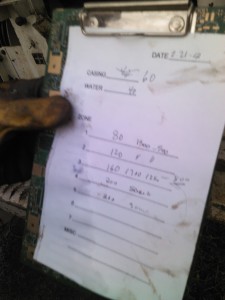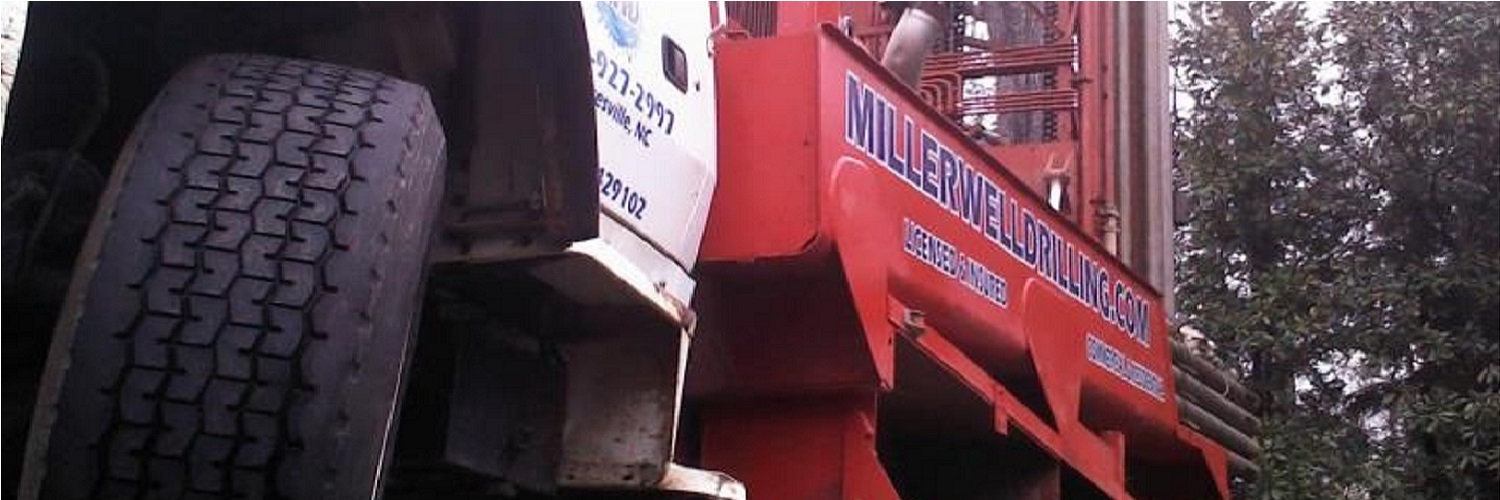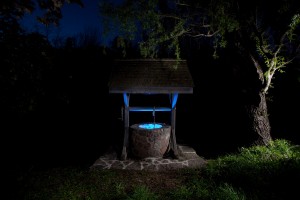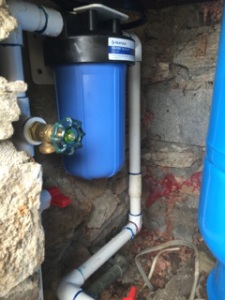At Miller Well Drilling, we only drill cased deep water wells. For the vast majority of our clients, these wells are the only source of potable water for their house or their communities.
These wells access water from cracks and fissures in bedrock, usually at depths between 120′ and 800′ below grade. On average, we first “hit water” at about 200′ and have enough for a single family residence before we hit 600′, but there are always variations and exceptions. Most of the time, we are able to get them the water they need but sometimes the well just won’t deliver the amount of water needed to operate their systems.
In the old days, drillers would sometimes dynamite the wells to break open cracks and fissures, meeting with mixed results. Where one well might be improved, another might collapse altogether. Imagine being a small farmer trying to get fresh water for your family and livestock- spending more money than you’d like on an unusable hole, only to have it destroyed by the driller! Your only choice would be to drill another hole and hope for better results. Use of this unpredictable and uncontrollable method helped create the unsavory reputation that plagues our industry, and although some drillers may still prefer to dynamite, it has fallen largely out of favor as dynamite has become harder to procure and hydrofracture has become available.

Today, most drilling companies bring in a fracker whenever they have exhausted the limits of their drilling equipment. Water well hydrofracking uses only potable water and usually produces a minimum of 50% yield improvement in the well, making a formerly unusable well sustainable for the client’s needs. If the well was making 2 gpm before fracking, it’d be making a minimum of 3 afterwards. Often we see HUGE improvements: 2 gpm wells jumping to 20, or wells with low static water levels becoming artesian! It is also economical, costing far less than speculating on a new drilled hole.
For this reason, more and more folks are turning to water well hydrofracture as the most dependable method to develop unproductive wells. For some, it is literally the only way they are able to get safe, reliable potable water to their homes.
Please look for Part II in this series. It includes an interview with a North GA/Western NC water well hydrofracker and focus on methods and equipment. We will also begin to discuss the difference in water well fracking and gas/oil fracking, how the two are sometimes confused by laypeople, and whether or not our industry might face challenges as the frack debate grows and escalates in Western North Carolina.




Pingback: Interview With a Fracker | Miller Well Drilling
I like that you said that sometimes a well won’t deliver the amount of water needed to operate. If was going to use a well, I would want to make sure that it will last a long time. It might be a good idea to have water connected to your house just in case of an emergency.